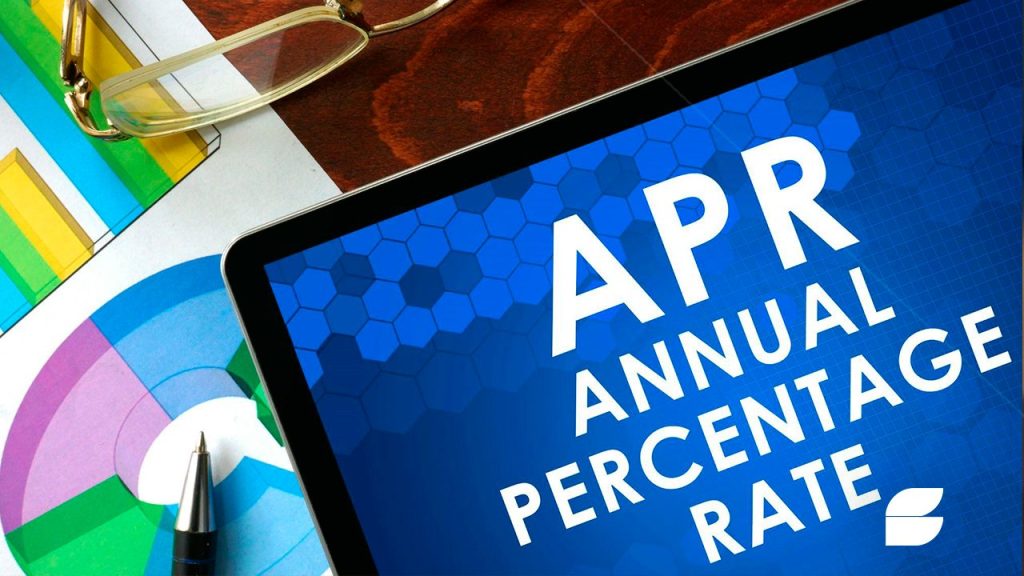For many Canadians, credit cards are an everyday financial tool—convenient, flexible, and widely accepted. But behind the swipe lies a cost that can quickly snowball if misunderstood: interest rates. When managed poorly, a credit card can shift from a convenient payment method to a gateway to long-term debt.
This blog post demystifies how credit card interest works in Canada, why rates differ, and—most importantly—what you can do to avoid falling into high-interest debt traps. Whether you’re a first-time cardholder or someone looking to optimize your finances, understanding these mechanics is key to smarter financial choices.
How Credit Card Interest Works in Canada

At its core, credit card interest is the price you pay for borrowing money from a financial institution when you don’t pay your balance in full. Most Canadian credit cards have an annual percentage rate (APR) ranging between 19.99% and 24.99% on purchases, though some cards—especially store credit cards—can charge even more.
Daily Compounding Interest
In Canada, credit card interest is typically compounded daily. This means interest is calculated on the balance you owe each day, and unpaid interest is added to your principal balance, increasing how much you pay over time. Here’s a basic breakdown:
- Interest = (Daily Rate) × (Average Daily Balance) × (Number of Days in Billing Cycle)
For example, if your APR is 20%, your daily rate is about 0.0548%. If you carry a $1,000 balance for 30 days without making a payment, you’ll pay around $16.44 in interest that month alone.
Grace Periods and Exceptions
Most Canadian credit cards offer a 21-day grace period on new purchases. This means if you pay your balance in full each month, you won’t pay any interest on those purchases. However, this grace period doesn’t apply to cash advances or balance transfers, which start accruing interest immediately—often at a higher rate.
Why Credit Card Interest Rates Vary
Several factors influence the interest rate on your credit card in Canada:
- Credit Score: Individuals with higher credit scores usually qualify for lower interest rates.
- Card Type: Premium cards with rewards or travel perks often come with higher APRs.
- Issuer Policy: Banks and credit unions set their own interest rates based on risk models and competition.
- Introductory Offers: Some cards feature low or 0% promotional rates for a limited time on purchases or balance transfers.
Understanding your card’s specific terms is essential to avoiding unpleasant surprises. Always review the Cardholder Agreement before signing up.
Tips to Avoid High Credit Card Debt
Avoiding high-interest debt is more about smart financial behavior than avoiding credit cards entirely. Here are several strategies to help you stay ahead:
1. Always Pay More Than the Minimum
The minimum payment is designed to keep you in debt longer. Paying only the minimum each month can result in years of interest payments. Instead, aim to pay off your entire balance or as much as possible.
2. Set Up Payment Reminders
Missed payments can trigger penalty APRs and late fees. Use calendar reminders, bank alerts, or automatic payments to ensure you never miss a due date.
3. Use Low-Interest or No-Interest Cards for Big Purchases
If you anticipate carrying a balance, consider using a low-interest card or one with a 0% promotional rate to finance larger expenses. Just be sure to pay it off before the promo period ends.
4. Avoid Cash Advances
Cash advances can carry APRs as high as 27.99%—with no grace period. Plus, they often come with extra fees. Only use this feature in emergencies, and repay it quickly.
5. Consider a Balance Transfer
If you’re already carrying high-interest debt, look into cards that offer balance transfer promotions. Some provide up to 12 months with little to no interest, giving you breathing room to repay.
6. Track Your Spending
Apps like Mint, YNAB (You Need a Budget), or your bank’s mobile app can help you monitor your card usage in real time. This allows you to spot patterns and identify overspending before it becomes unmanageable.
Conclusion

Credit cards offer convenience and purchasing power—but they can also trap you in costly debt if you’re not paying attention to how interest rates work. In Canada, where daily compounding interest and high APRs are common, education and disciplined habits are your best financial armor.
By understanding how your card calculates interest, recognizing the risks of minimum payments and cash advances, and implementing proactive repayment strategies, you can use your credit card as a financial tool—not a burden.



 Keep Credit Card Canada: The Smart Financial Tool for Building Credit and Rewards <p class='sec-title' style=' font-weight: normal; line-height: 1.9rem !important; font-size: 17px !important;'> Discover why the Keep Credit Card is becoming one of Canada’s top choices for consumers seeking convenience, flexibility, and long-term financial growth </p>
Keep Credit Card Canada: The Smart Financial Tool for Building Credit and Rewards <p class='sec-title' style=' font-weight: normal; line-height: 1.9rem !important; font-size: 17px !important;'> Discover why the Keep Credit Card is becoming one of Canada’s top choices for consumers seeking convenience, flexibility, and long-term financial growth </p>  How to Apply for the Keep Credit Card in Canada: Full Guide with Expert Tips <p class='sec-title' style=' font-weight: normal; line-height: 1.9rem !important; font-size: 17px !important;'> Explore new benefits, eligibility requirements, and practical strategies to increase your approval odds for the Keep Credit Card </p>
How to Apply for the Keep Credit Card in Canada: Full Guide with Expert Tips <p class='sec-title' style=' font-weight: normal; line-height: 1.9rem !important; font-size: 17px !important;'> Explore new benefits, eligibility requirements, and practical strategies to increase your approval odds for the Keep Credit Card </p>